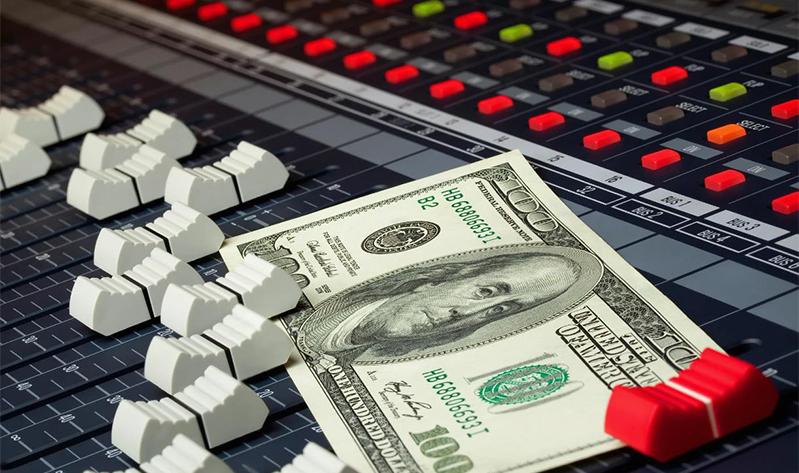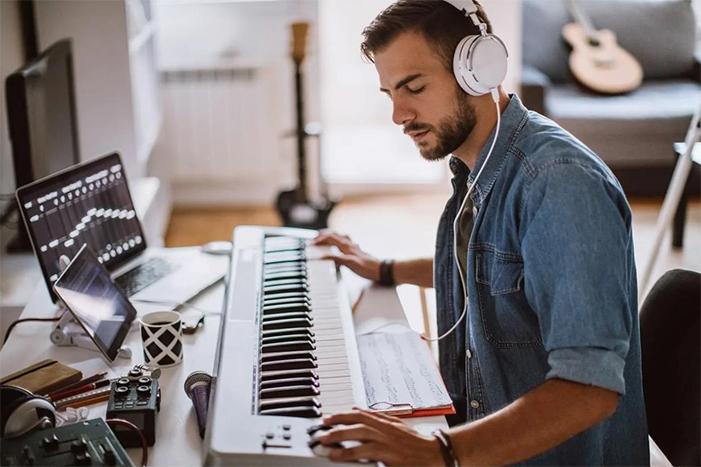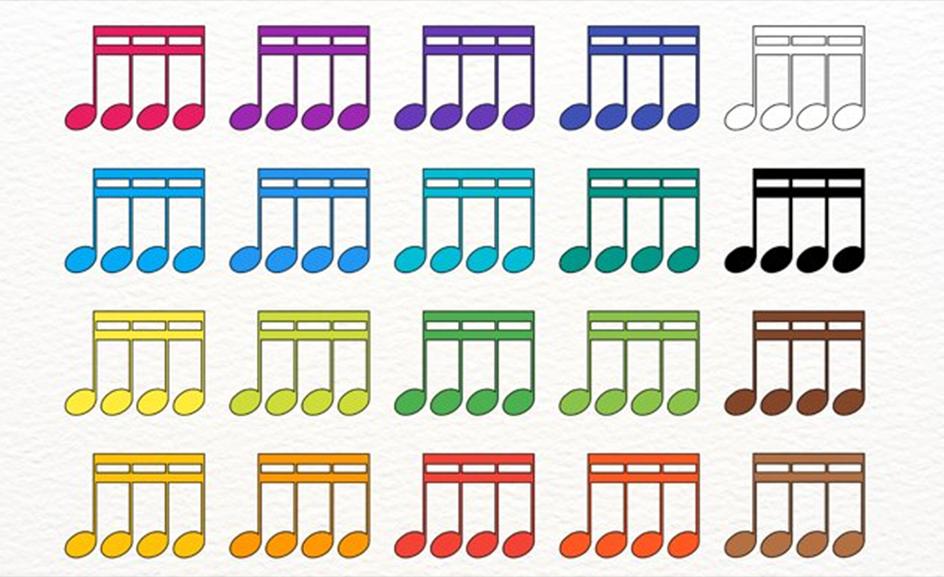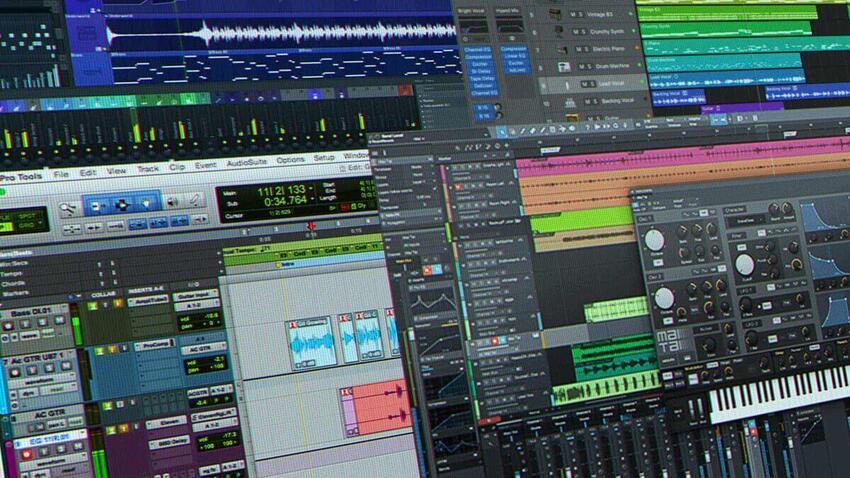Audio designer
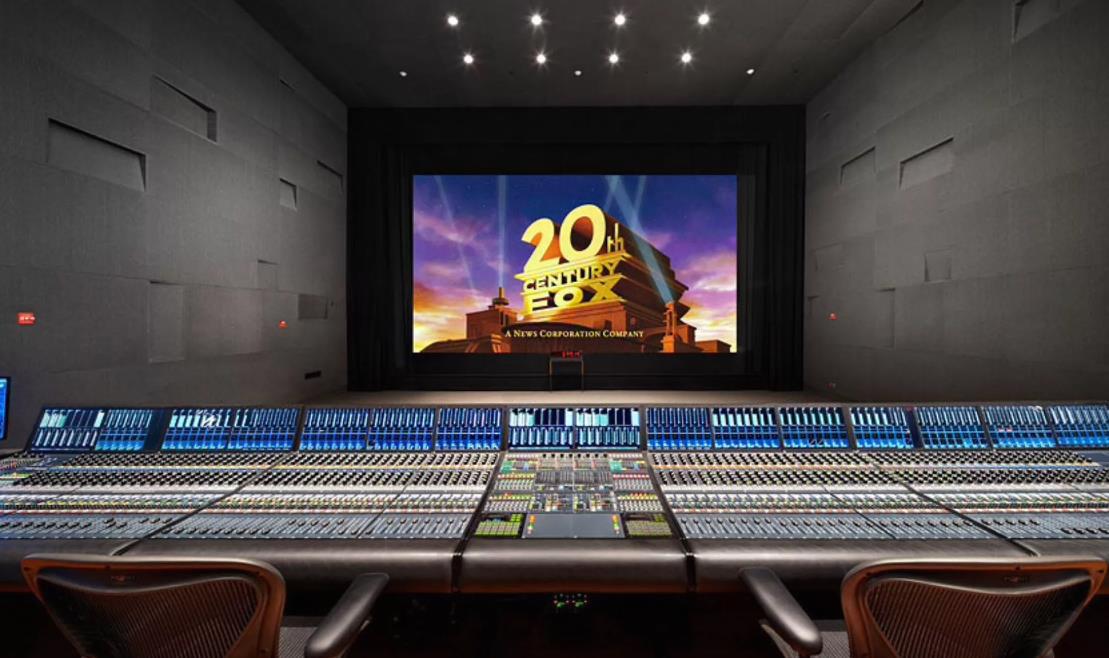
To begin with, it is important to understand the difference between music and sound. Sound is a general concept that includes music, noises and speech. Working with sound is a separate art form. A audio designer is an experimenter and inventor who explores the sound space and strives to find innovative solutions. The role of a sound designer is often underestimated, and ordinary people do not even notice the results of the work of these professionals. This is due to a lack of information. A audio designer contributes to many everyday things and phenomena that we do not think about. Gun sounds in movies, sound design for websites and mobile applications, sound for announcements in the subway and train stations, as well as soundtracks for exhibitions and other events – all this is the work of a sound designer.
There are many ways to acquire skills these days, from YouTube tutorial videos to higher education. However, the second format has a drawback – the duration of training. By the time you graduate from university, the knowledge gained in the first year may become outdated. The profession of a audio designer is closely related to technology, which is constantly changing and evolving. In addition, there are educational courses of various durations, in which students can receive concise and concentrated knowledge.
For a sound designer, the most important thing is practice. There are many self-taught, where professionals achieve success without formal education. Another option for beginners is networking. Meet at specialized events, network with experts, take internships or just study the work of leading industry figures – all this will help develop your taste, overcome fear of experimentation and gain an understanding of current trends. Contingency situations, working with tight deadlines, and personal experience are the best teachers to give you a real sense of how the industry works.
How to Become a Demanded Sound Design Specialist: Essential Skills and Attributes
In addition to basic professional skills, such as working with recording equipment and software, finding suitable places for recording, creating synchronized sounds, soft skills are necessary for a successful career in the creative profession. The main ones include an ear for music, understanding the basics of musical structure, the ability to communicate effectively and accept criticism.
Responding to criticism is an integral part of this industry, as you may be offered many corrections to your work. It’s important to stay calm and not take it personally, because everyone has their own vision of creativity, including your client. Competent communication helps to establish good and trusting relationships with clients, find an individual approach and understand in advance what they expect from you in the end.
In addition, you must have a developed ear for music. In this area of work, it is important to understand, or rather hear, what sounds are combined with each other, how to organically fit a certain sound into the general context, and also be able to work with tonalities and harmonies.
All these skills and qualities together will help you become a sought-after specialist in sound design and achieve success in this creative field.
Where can a sound designer work?
A audiodesigner, like representatives of other creative professions, has several options for employment: freelancing, working within a company (in-house) or working in an agency. In general, the duties of a sound designer remain the same in all three options, but each of them has its own characteristics.
Freelancing is a format of work well known to many, where a person is independent and chooses projects on his own. For the work performed, the audio designer receives payment from the client.
An in-house is a form of employment in which a specialist works in a specific music production studio or film studio.
Working in an agency is an intermediate option between in-house and freelance. Usually these are small production studios, in which specialists also select projects and receive payment from the customer, which is distributed among all project participants.
A sound designer can work in a variety of fields, and you should be able to find what works best for you. He can work in the cinema, theater, advertising industry, web formats, in the field of sports events, creating sound for various competitions and championships. He can also work in the field of urban improvement, where the creation of sound compositions for public transport and public places is required. A sound designer can also work in radio, museums, and exhibitions – wherever there is sound.
The audio designer’s work cycle: from receiving an order to completing a project
The first step for a sound designer is to receive an order, which includes a briefing and discussion of the tasks. The work process is then determined by the project itself. For example, if we are talking about the sound accompaniment of an offline event or project, then a visit to the venue is required. Audio designer needs to understand the acoustics of the space and the level of background noise. If the project is online-oriented, for example, a video or sound effects in a mobile application, then after receiving the brief, you can proceed to the main part of the work. It consists in finding the right sound. There are two approaches: acquiring a sound library and post-processing, or recording your own sounds. The first option may be easier to implement, but less interesting from an artistic point of view. The second option allows you to create an author’s and unique sound. The sound designer himself uses a recording device to capture sounds that will be exclusive and unique. The next step is to present this stage of the project to the customer. If it is approved, you can proceed to the final stage: mixing and mastering. Some audio designers do this work themselves, while others hire sound engineers or specialized studios.
When concluding a contract with a customer, you need to be especially careful and careful: watch out for the preservation of your copyrights and licensing conditions. Perhaps your project will be broadcast all over the world, but you will not receive a dime for it if you give up your copyright in favor of the customer. At the same time, in most cases, the customer himself will not track and pay you the corresponding payments.
Tips for newcomers to the industry: where to start and how to become a notable specialist
The main advice for aspiring sound designer is not to be afraid to step forward. You may have to complete tasks that are not the highest paying in the beginning. However, you will create a reputation for yourself, accumulate cases and experience, and over time, the effect of “word of mouth” will begin to work. Clients will contact you on their own.
In addition, you can offer your services yourself. Write to productions, film studios or artists with a proposal for cooperation. At this stage, you should have a portfolio of your work or demo material so that a potential client can evaluate you as a professional.
By the way, media activity can play an important role. For example, you can create works for yourself and post them on social networks. Do not underestimate the role of Instagram or TikTok today – they are full-fledged platforms with a wide range of tools that allow you to present yourself as a specialist in any industry.
I would like to wish all young specialists not to be afraid to experiment, go beyond the usual and trust their inner feelings. It is for this, as world practice shows, that Oscars and Grammys are awarded.





